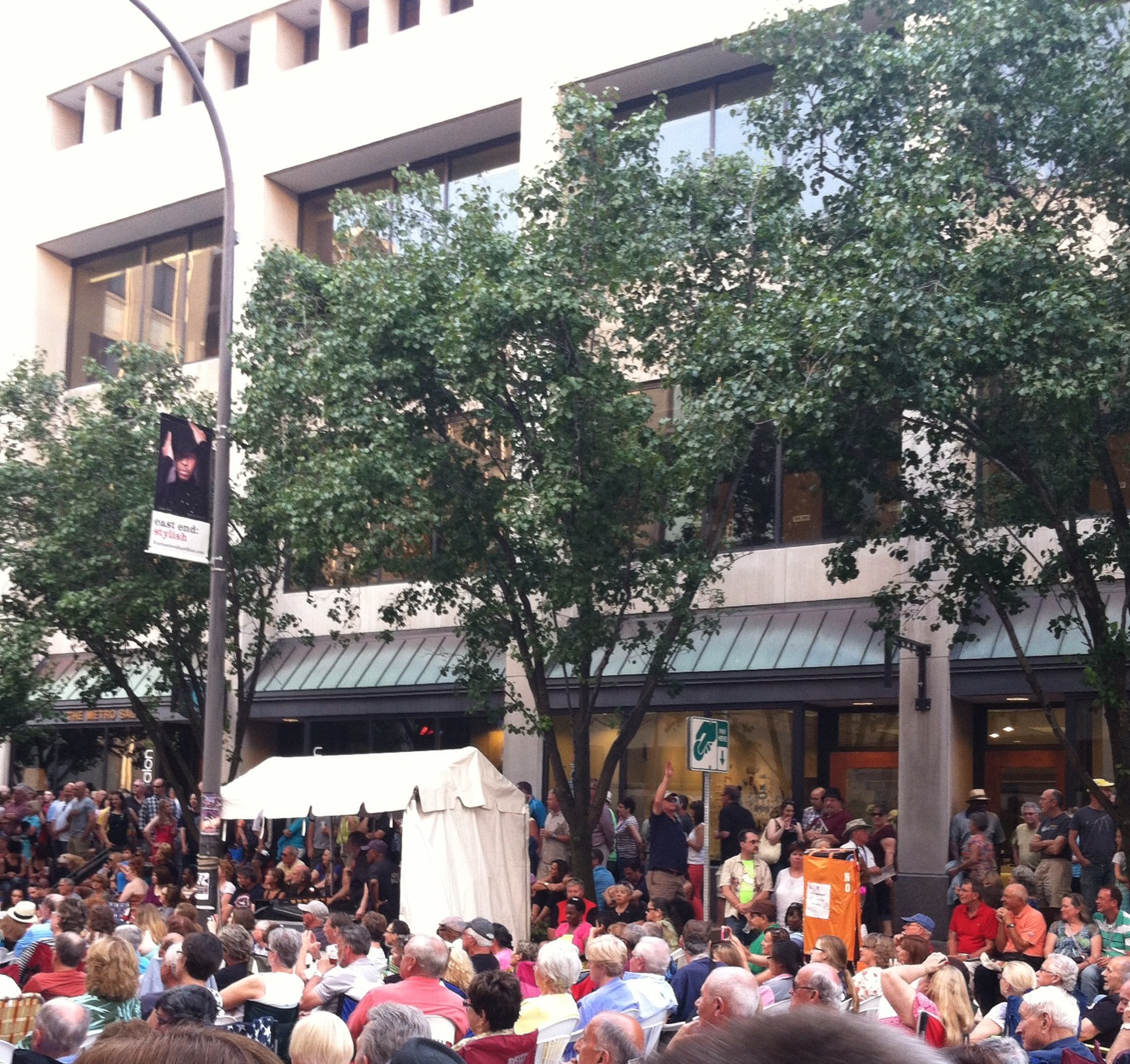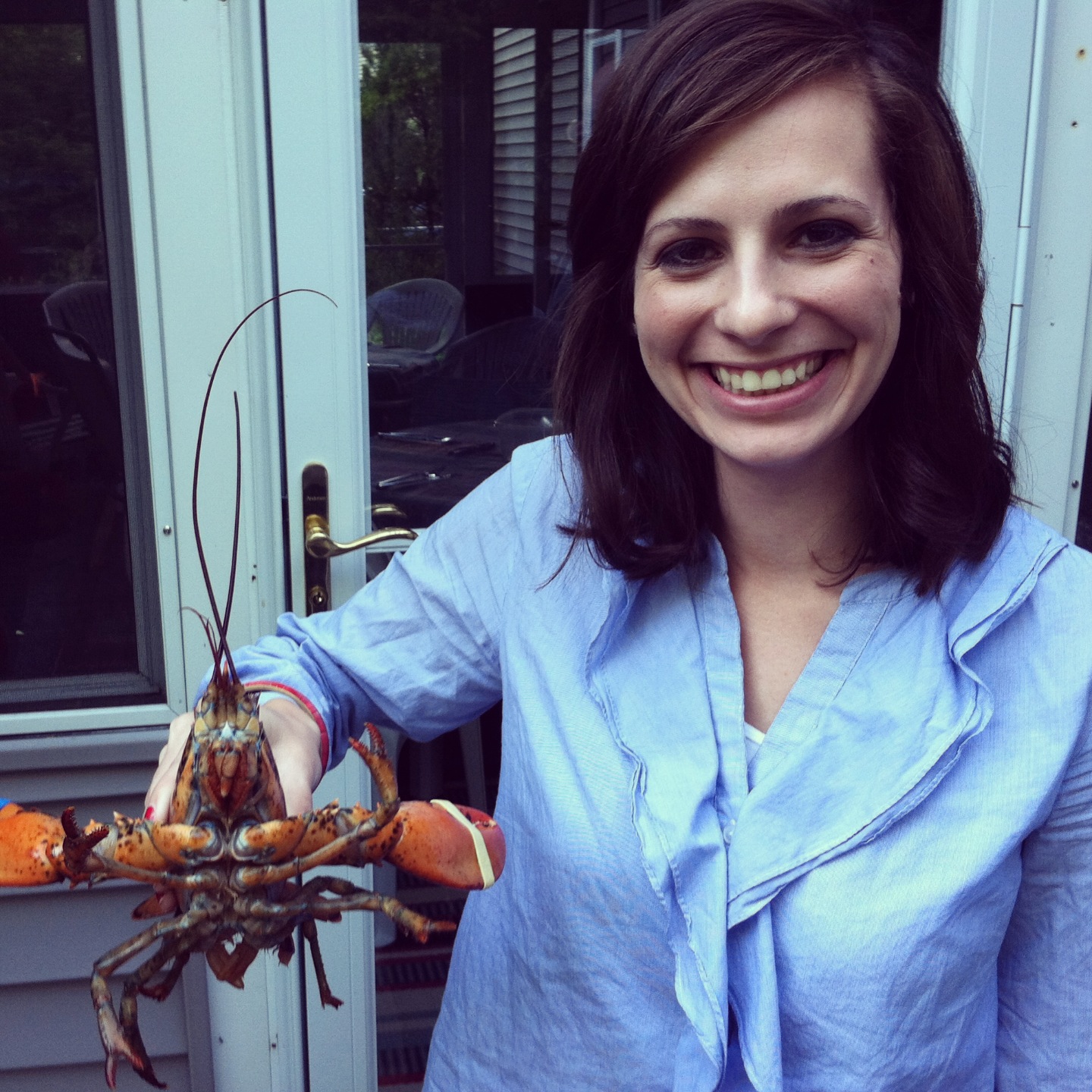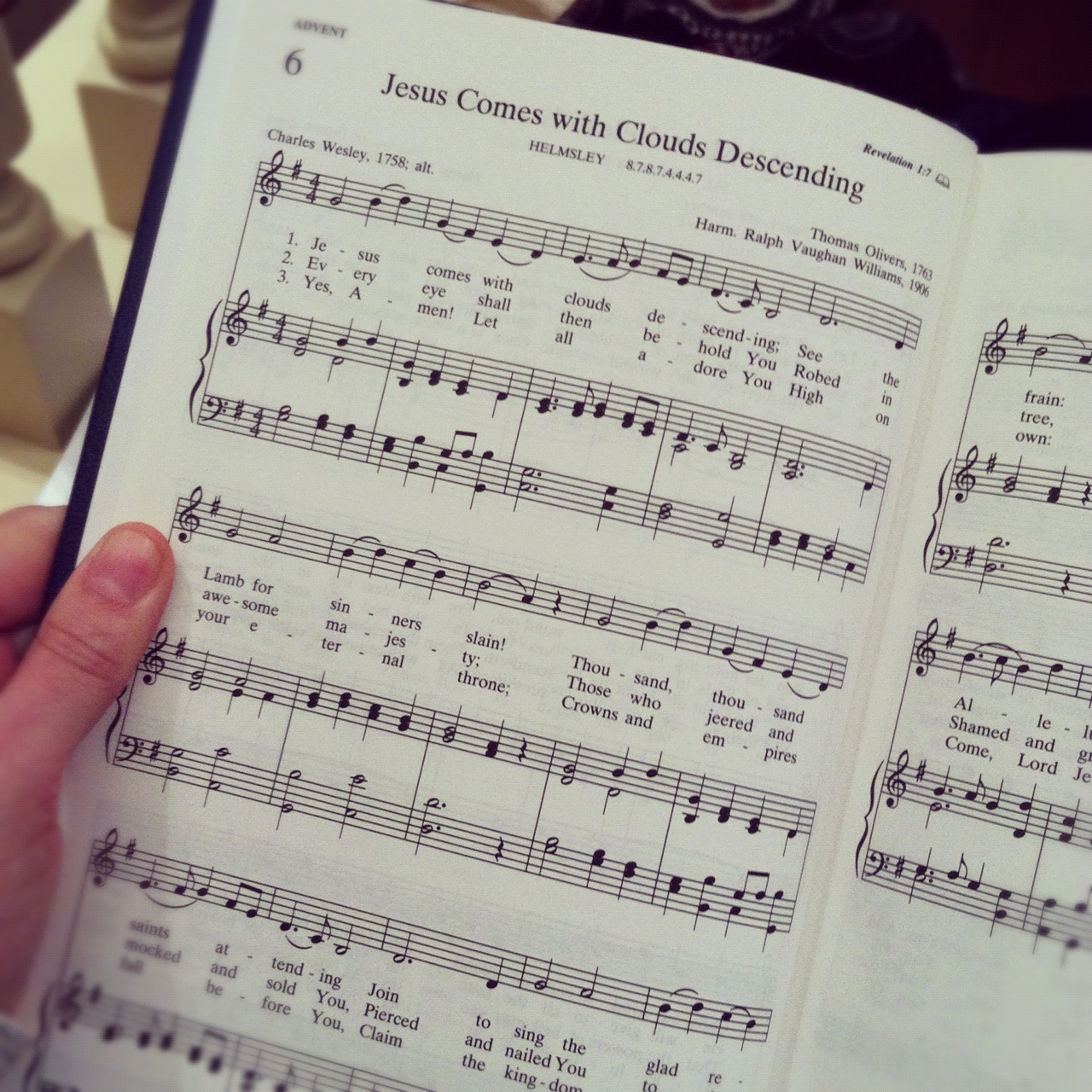A few weeks ago, I had the privilege of attending the National Conference on Keyboard Pedagogy. In this series, I'll share my notes and a few favorite quotes from the sessions I attended. You can read more about NCKP here. Beauty and the Beast in the Piano Studio Marvin Blickenstaff
Beauty
1. "Beautiful music has the power to change human beings." 2. "Beautiful music nurtures souls; it enriches lives." 3. "Momentarily, our lives are changed by beautiful sound." 4. The human being needs beauty more than bread. 5. Teaching beauty should be our highest priority.
Here are a few assignments for piano teachers:
Monitor your use of the word "beautiful." Limit your use to 2-3 times in any given lesson. Use it with discrimination and discipline; use it sparingly, use it meaningfully. Students need to hear a beautiful sound and know the standard of what you consider to be beautiful.
Avoid using these words: "Okay" - lacks meaning; be more specific with your responses "Little bit" - you'll get a better response from your students when you exaggerate rather than diminish "Sort of" or "Kind of" - like "little bit" "But" - use "and" as a transition from positive to constructive "Good" - lacks meaning; articulate specifics; document praise with your perspective as a teacher (you only hear the student's performance once a week; students hear their own performance every day of the week)
Improve your teaching vocabulary with adjectives that describe sound.
Start a file of beautiful pieces, things that nurture the "musical soul" of your students. Here are a couple of examples: "Echoes of November" (Stephen Chapman) "The Lake" (Alec Rowley) "Northern Winter" (Lynn Olson)
Believe in modeling. Play for your students. Your sound is worth a thousand words.
Play duets with your students. "Duets are a pedagogical gold mine;" they teach rhythm, balance, ritards, accelerando, and diminuendo. The teacher part guides the inflection of the piece and it's a great way to teach beauty. Beauty, after all, is shaped sound. "Our emotions are touched first and foremost by dynamic inflection."
When teaching a phrase, give students one thing to listen for, one hint for shaping the phrase. Say something like, "In between phrases, we take a breath" and experience this in singing.
The Beast: Negative Teaching Attitudes
1. Repertoire: a teaching year that is focused around only a few pieces
When repertoire is limited to only a few pieces, the student's reading skill is not developed, there is no excitement of new pieces, the narrow focus becomes boring and stagnant, and there is a loss of the student's sense of accomplishment. Remember, "variety of repertoire is the spice of our musical lives" and "short-term accomplishment is tremendously encouraging to the student." Instead, focus on building repertoire. Try beginning one lesson each month with a mini recital of repertoire.
2. Studio atmosphere that is strict, harsh, critical or unstructured
The "we're just here to have fun" mentality does not work for most students. Also, type-casting (i.e. boys only like loud and fast pieces and girls only like soft and melodic pieces) does not promote learning or musical development. "Music is the expression of the entire human condition, through organized sound." Aim for a wide selection of repertoire for all students
3. Musicianship skills: getting bogged down in analyzing every note and nit-picking technique
"Keep the magic of the piece alive in our students."
4. Practice: not teaching the basics of successful practicing
"We don't practice enough with [our students] in the lesson." Teaching effective practice should be a part of every lesson
5. How we celebrate success:
Our students are desperate for affirmation; they need to know when they've done a job well. Communicate this well and often.
//
Look for more of my notes from NCKP over the next few weeks!











 Last week, Rochester welcomed jazz musicians from around the world for the 12th annual
Last week, Rochester welcomed jazz musicians from around the world for the 12th annual 













 Now that we've talked about
Now that we've talked about 




